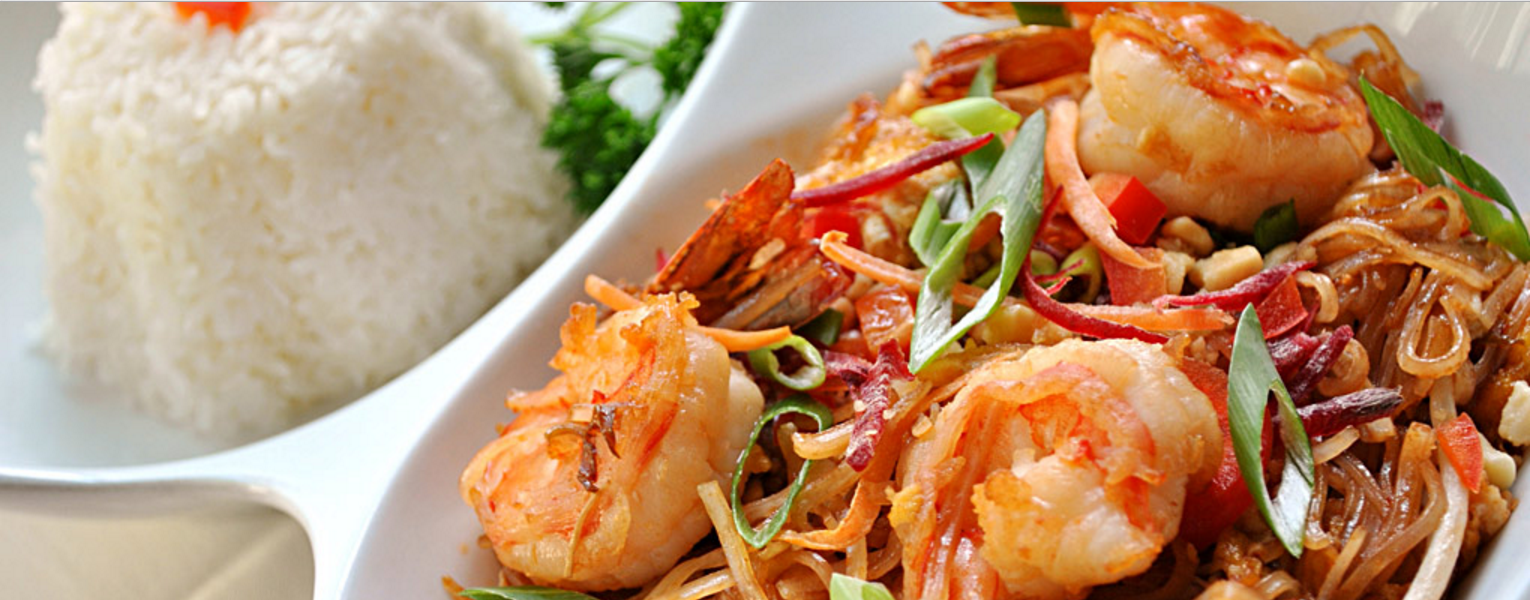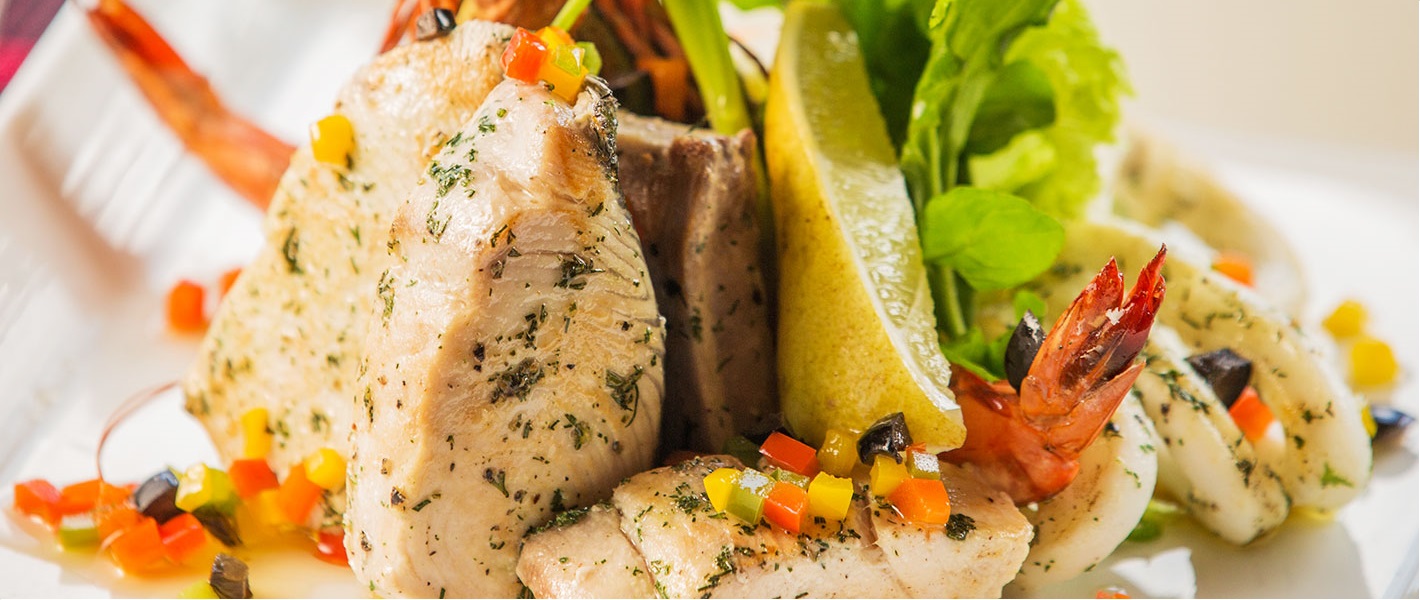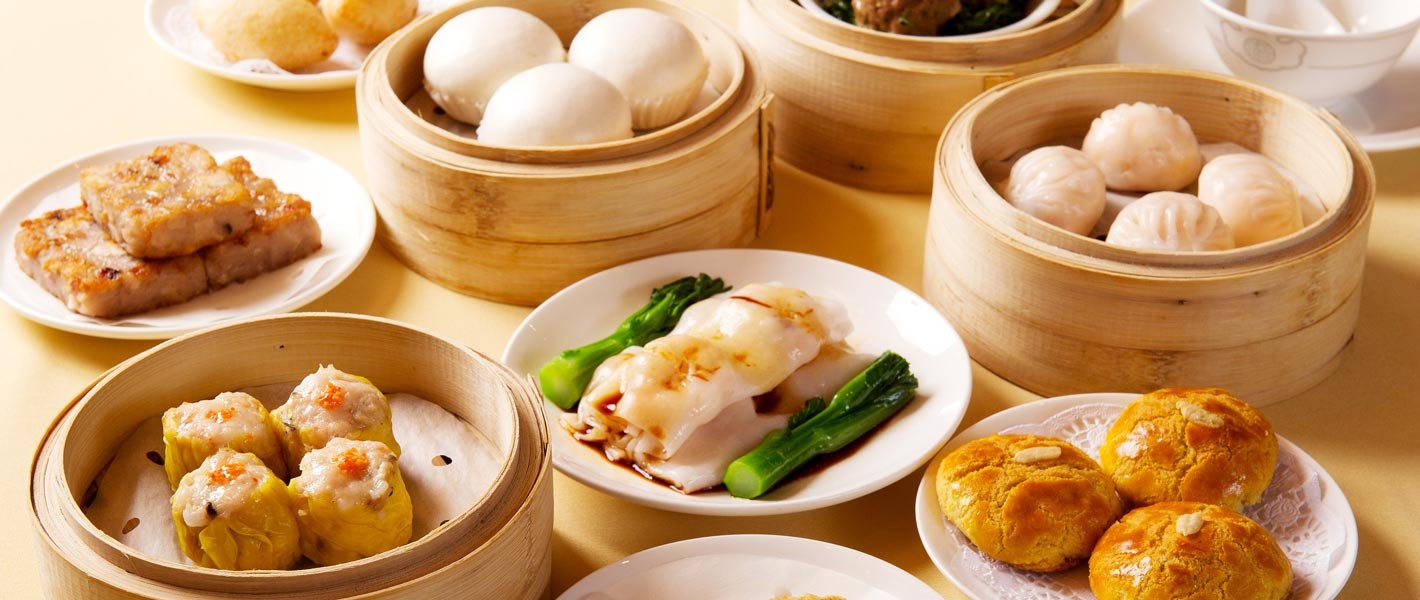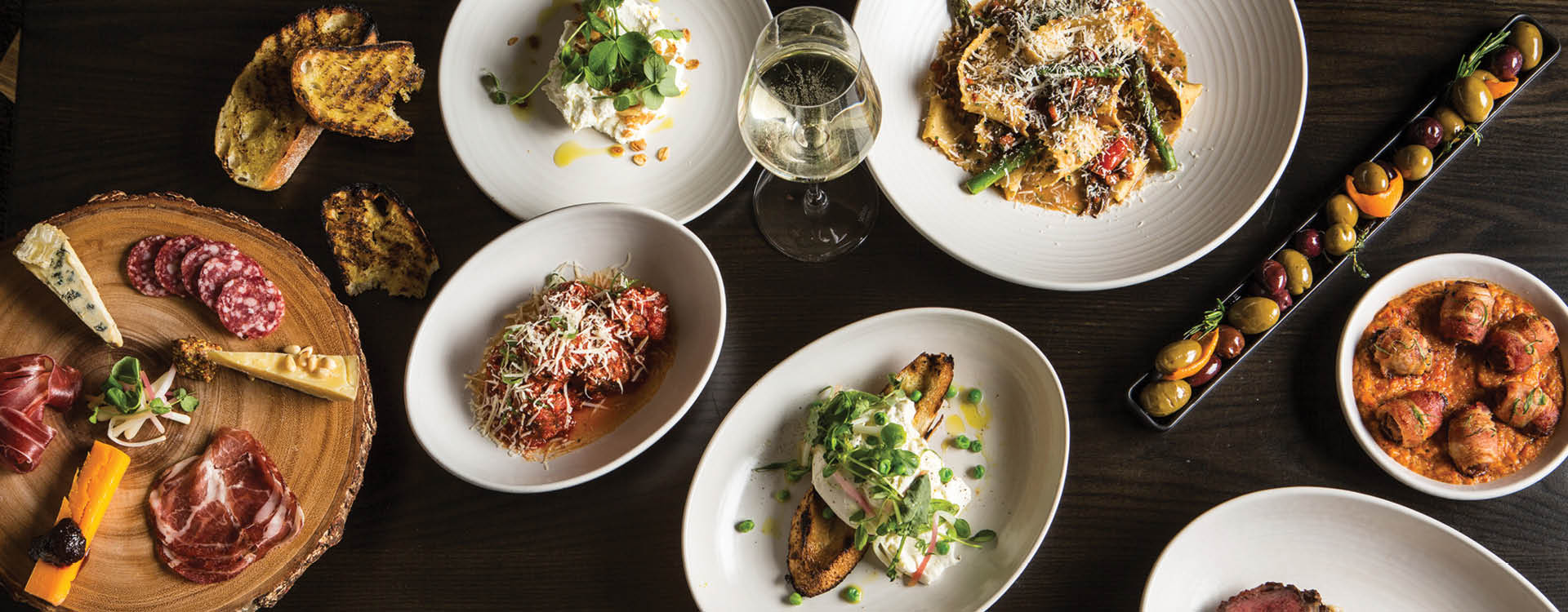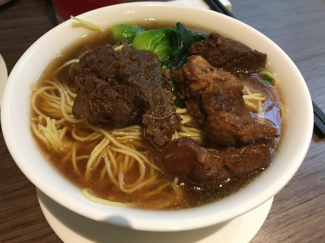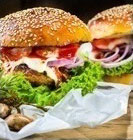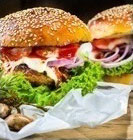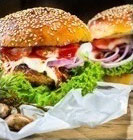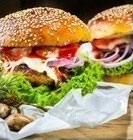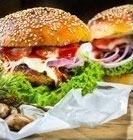Beef brisket noodle
Beef Brisket Noodle Soup originated in China and is made out of soupe of beef, beef stock with various spices, vegetables and egg noodles.
Braised beef brisket on egg noodles is a Hong Kong’s specialty; it is a version of Chinese beef soup noodle. The dish is a perfect combination of ingredients such as star anise pods, whole cloves, sliced ginger, sliced onions, and cinnamon stick.
History says that the original Beef noodle soup was invented by the Hui people which is a Muslim ethnic group in China during the Tang Dynasty in which they use halal beef and no soy sauce, and is commonly known as Lanzhou beef noodle soup. The another variant Chinese brisket noodle is Sichuan beef noodle soup or red-braised beef noodle soup (紅燒牛肉麵), was first created by Kuomintang veterans in Taiwan; this variation became commonly known as Taiwanese beef noodle soup. Since the this dish became popular all over the world so popular this noodle soup even the Instant Noodles nowadays have this flavour.
Mainland Chinese and Hong Kong restaurants may have a tendency to distinguish between "牛肉麵" "beef noodles" and "牛腩麵" "beef brisket noodles", with the former containing either beef shank or beef slices and the latter containing only brisket. It is sometimes served with wontons. In Taiwan, "牛肉麵" typically consists of either brisket or shank only, though many restaurants also have tendon or a more expensive option with both meat and tendon (Chinese: 半筋半肉麵; lit. 'half tendon half meat noodle') and occasionally with tripe; 三寶麵; 'three-treasure noodle', usually denotes a bowl containing all three. If one orders "牛肉湯麵" or "beef soup noodles" in a restaurant in Taiwan, Mainland China or Hong Kong, they might be given a cheaper bowl of noodles in only beef broth but no beef. If one orders a "牛肉湯" or "beef-soup", they could be given a more expensive bowl of beef broth with chunks of beef in it but without noodles. In Tainan, beef soup (牛肉湯) denotes a distinct and local specialty, where sliced beef is blanched in hot soup and accompanied by shredded ginger.
In Thailand, kuaitiao nuea pueay is a similar dish. This is the Thai version of braised beef noodles. In Vietnam, Bò Kho is a beef stew sometimes served with noodles (or bread as an alternative), that is similar to Taiwanese braised beef noodles. Pho is also a Vietnamese noodle soup that contains broth, rice noodles called bánh phở, herbs and meat, primarily made with either beef (phở bò) or chicken (phở gà). In Philippines, Beef Mami is very popular and can also be combined with Pares.
When soy sauce is added, the soup is called red roasted or braised beef noodles (紅燒牛肉麵). Braised beef noodle soup was invented in Taiwan. It is sometimes referred to as "Sichuan Beef Noodle Soup" (四川牛肉麵), especially in Taiwan. The beef is often stewed with the broth and simmered, sometimes for hours. Chefs also let the stock simmer for long periods with bone marrow; some vendors can cook the beef stock for over 24 hours. The dish can also be found overseas as is the case in American Sichuanese restaurants.
The dish was introduced to Taiwan by Kuomintang veterans from Sichuan province who fled from mainland China to Kaohsiung, Taiwan and served in military dependents' villages (which had a distinct cuisine from the rest of Taiwan). The Taiwanese traditionally had an aversion to the consumption of beef even into the mid-1970s because cattle were valuable beasts of burden so originally the dish was only eaten by the mainland Chinese. However, the dish became more accepted over time and is now one of Taiwan's most popular foods. It is believed that the popularity of this noodle soup broke the beef-eating taboo and also paved the way to Taiwan later embracing American foods that utilized beef (such as hamburgers). The Taiwanese variation is significantly less spicy than its Sichuanese predecessor and there are several variations with the soy-based broth, such as tomato, garlic and herbal medicine. The tomato variation (番茄牛肉麵) is popular in Taiwan and features chunks of tomatoes in a rich red-coloured tomato broth with or without soy sauce.[18] The herbal medicine variation is usually served without suancai as a topping (as its acidic properties are believed to exhibit medicinal properties) and may be accompanied by a chili paste made from beef lard.
There are two common variations of beef noodle which differ in the way the broth is prepared: braised beef noodle soup and clear broth beef noodle soup.
In Hong Kong there are a number of legendary restaurants that serve beef brisket, tenderly stewed in a variety of Chinese herbs and spices until utterly tender perfection.
Beef brisket can be served with a variety of different noodles, in soup, or with a plate of dry noodles. There’s also a special variant of Hong Kong beef soup noode, with the brisket curry, where the brisket is shredded into flavorful curry and often paired with nuggets of tendon. Whatever your choice, when you travel to Hong Kong, brisket is a must eat.
They are well known for two main dishes, brisket in clear soup with your choice of noodles, or brisket and tendon curry.
Both dishes are extraordinary, but the curry, with a wonderfully fragrant curry powder taste, while being rich and meaty, is impossible to beat. By the way, don’t let the line outside Kau Kee Restaurant get you down. The line usually moves pretty quickly, and it’s worth waiting for that bowl of brisket curry.





